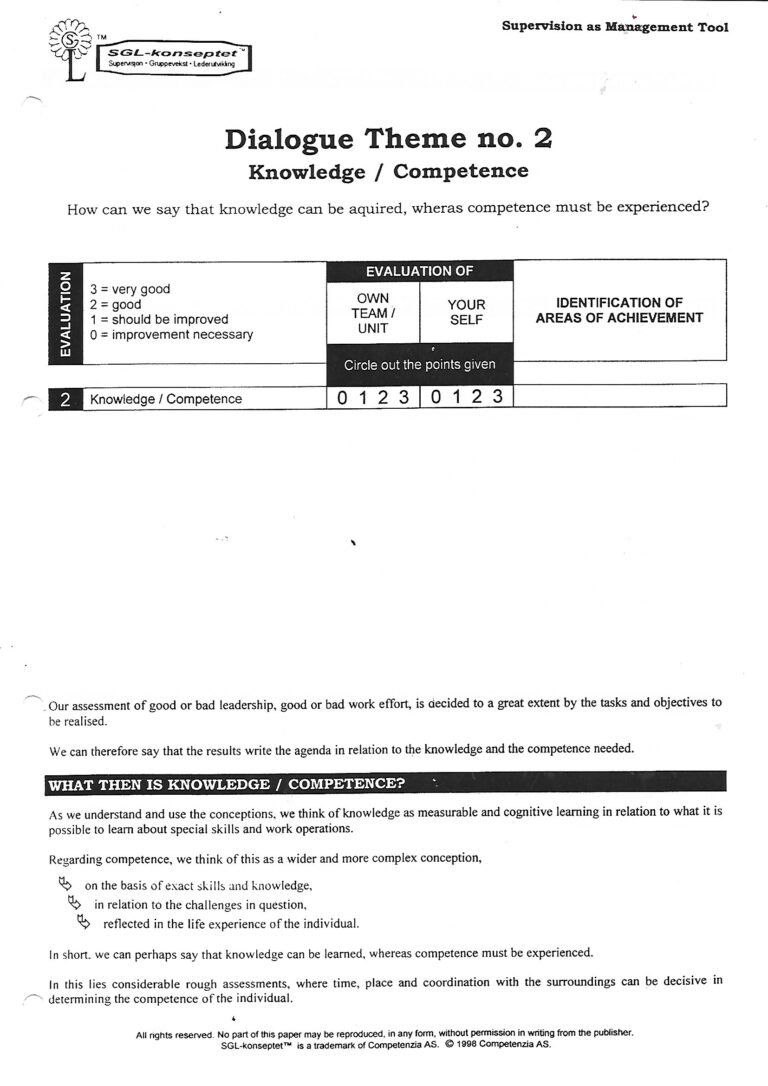
“Welcome to our annual review! The purpose of this conversation is to establish an open and constructive dialogue about your work situation, well-being, development, and future goals. We aim to gain a better understanding of your experience in your role, what is working well, and areas where w e can improve together.. This is a great opportunity to reflect on the past year, provide feedback, and look ahead to how we can best support your continued growth.
We want this to be an honest and open discussion where you feel comfortable sharing your thoughts and input. Together, we will explore how we can create the best conditions for your job satisfaction and professional growth.
Let’s begin by discussing your experience over the past year!”


Are you dreading your upcoming performance review?
If so, you’re not alone. – What was originally meant to be a personal and confidential conversation between manager and employee has, in today’s data-driven world, turned into a process filled with surveys, charts, and performance metrics. Before you know it, your personal feedback has been transformed into statistics, action points, and colourful graphs.
The personal, human aspect often gets lost, replaced by impersonal rating scales from 0 to 10—leaving you with a gut feeling of discomfort and uncertainty.
Maybe you’re asking yourself:
“Is this really how I want it to be?” – If that thought has crossed your mind, keep reading. Because we have some experience—and an idea—on how this can be done differently.


Your POWER
in the Conversation
You’re a mid-level manager with a stable job, but you’re unsure whether your boss is happy with your performance—or whether you are happy with your boss.
Here’s a little reassurance: if your boss is even remotely normal, they’re just as nervous as you are. And that’s something you can use to your advantage.
At the end of the day, it’s in their best interest to make sure you’re happy and performing well. After all, their success depends on yours. If you were to leave, it would be far more expensive and time-consuming to replace you than to simply make improvements to your current role. Realistically, replacing an employee can cost at least one and a half times their annual salary in recruitment, onboarding, and training.

